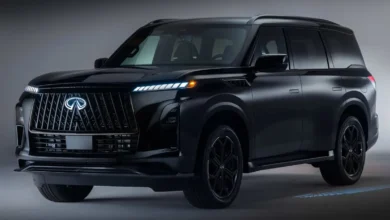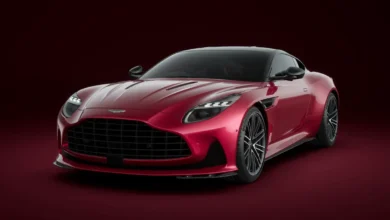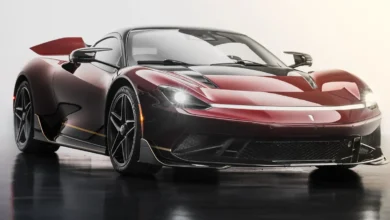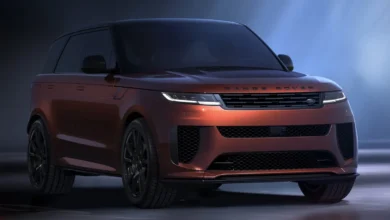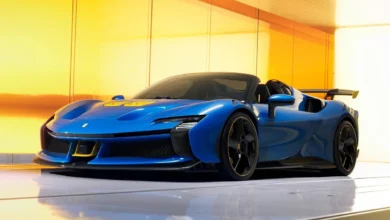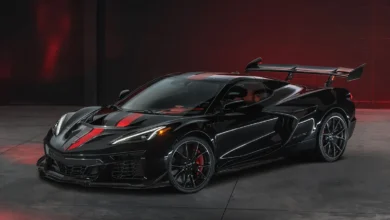Electric Evolution: Rivian’s Next-Gen Charging Is Game-Changer
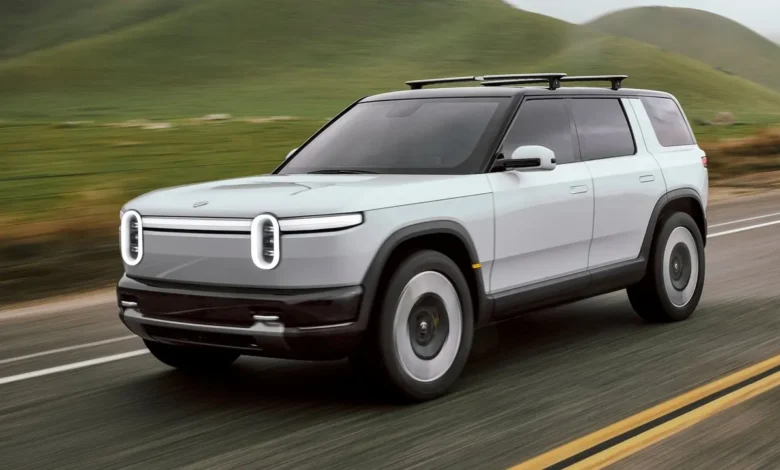
Rivian Supercharges the Future: In the rapidly growing electric vehicle (EV) industry, charging infrastructure remains one of the most crucial elements for mass adoption. Recognizing this, Rivian—an emerging American EV manufacturer—is determined to reinvent how we charge electric vehicles. From hardware innovations to smart software, and from open-access networks to renewable-powered charging stations, Rivian is creating an ecosystem that could reshape the future of EV charging not just for its own vehicles, but for the entire industry.
Let’s dive deep into Rivian’s ambitious strategy to make EV charging faster, safer, and more accessible for everyone.
Reinventing Charging Hardware: Functionality Meets Innovation
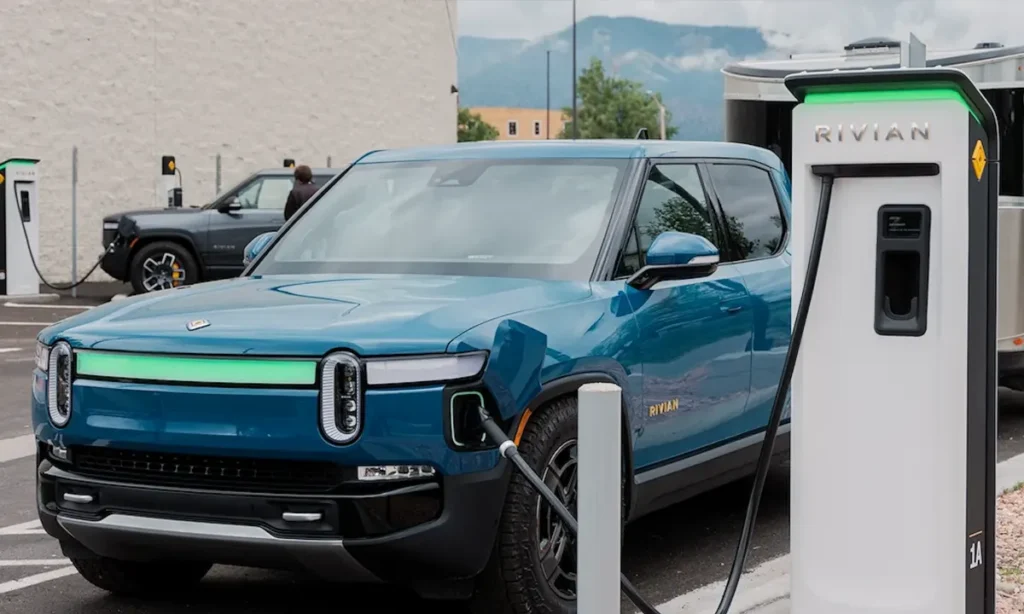
At the core of Rivian’s approach lies a reimagined charging experience, starting with next-generation hardware. Traditionally, EV chargers are built with specific automakers in mind. However, Rivian is moving toward universal compatibility, supporting multiple connector types, including CCS (Combined Charging System) and the increasingly common NACS (North American Charging Standard) introduced by Tesla.
Rivian’s new charging stations are taller with longer cables, ensuring they can easily reach different vehicle ports regardless of model or brand. The company is also working on integrating air-conditioned charging stalls, a novel idea where controlled air is blown beneath the car during charging. This keeps the battery pack at optimal temperatures, improving charging speed and reducing the risk of overheating—without needing to modify the vehicle’s design.
This not only enhances battery health but also opens up faster, high-powered charging for more vehicles.
Smarter Software: Enhancing the Charging Experience Digitally
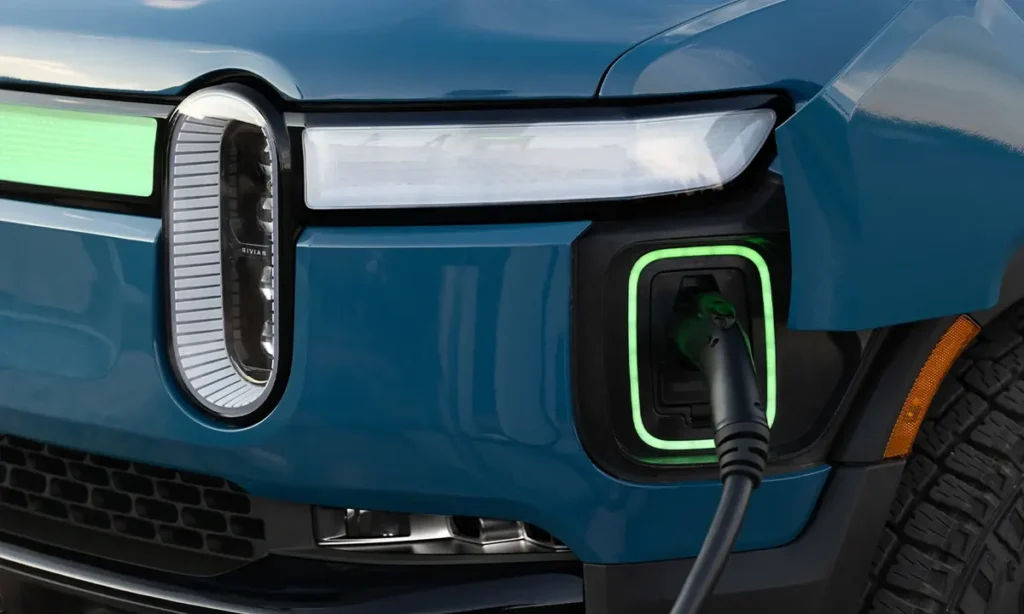
Beyond the physical chargers, Rivian is leveraging its strength in software to provide a more intelligent charging experience. The brand recently rolled out a software update for its Gen 2 Large Pack vehicles, which significantly improved charging performance. Drivers can now see charging power peak at up to 215 kW, reducing charging times drastically—adding up to 15% range in as little as 15 minutes.
Rivian’s updated Energy app integrates several user-centric features:
- Trip Optimization: Suggests ideal stops and chargers based on current battery state and route.
- Real-Time Charging Status: Displays energy flow and estimated completion time.
- Battery Preconditioning: Warms or cools the battery ahead of arrival at a charger for better speed.
Moreover, Rivian is developing a Smart Charging feature for home setups. This system analyzes grid load and automatically schedules charging during off-peak times, reducing energy bills and supporting power grid stability. In the future, this could lead to vehicle-to-grid (V2G) integration, enabling EVs to supply electricity back to homes or neighborhoods during outages or high demand.
Rivian Adventure Network: Going Public with a Premium Charging Experience
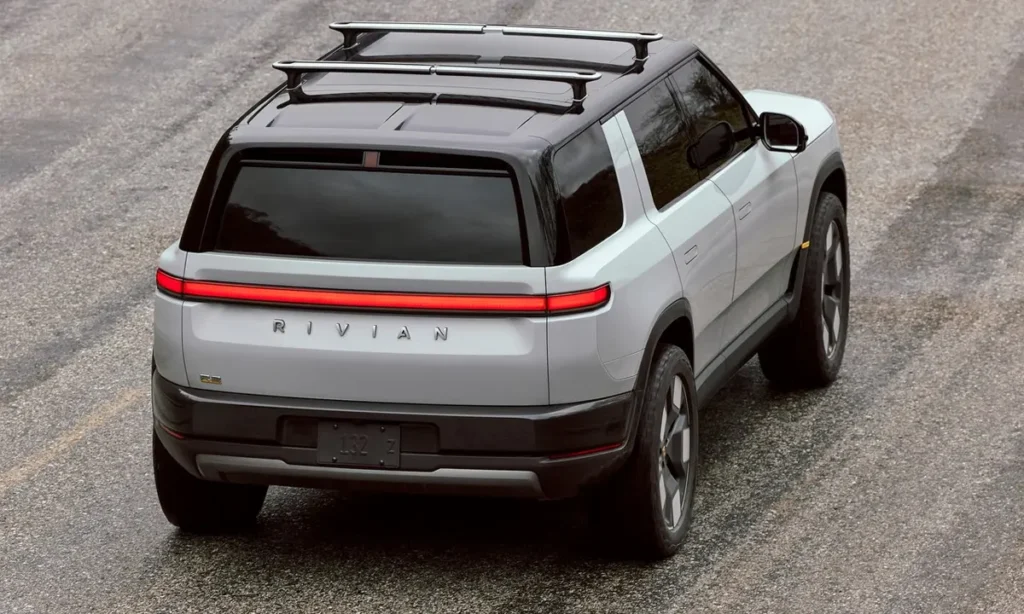
Initially designed exclusively for Rivian owners, the Rivian Adventure Network is now expanding its access. The company recently opened its Joshua Tree Outpost to all EVs—a flagship fast-charging location with solar-powered amenities, including high-speed internet, food options, and kid-friendly zones.
This shift to public availability reflects Rivian’s commitment to expanding fast-charging infrastructure across underserved locations, especially near national parks, trailheads, and remote travel corridors. These stations feature:
- Up to 300 kW DC fast charging
- 100% renewable energy
- Accessible pricing: $0.46/kWh for Rivian vehicles, $0.60/kWh for others
By planning over 600 charging sites with more than 3,500 chargers, Rivian is building a reliable network that rivals Tesla’s Superchargers while adding unique user-focused enhancements.
Strategic Partnerships: Expanding Charging Access Through Collaboration
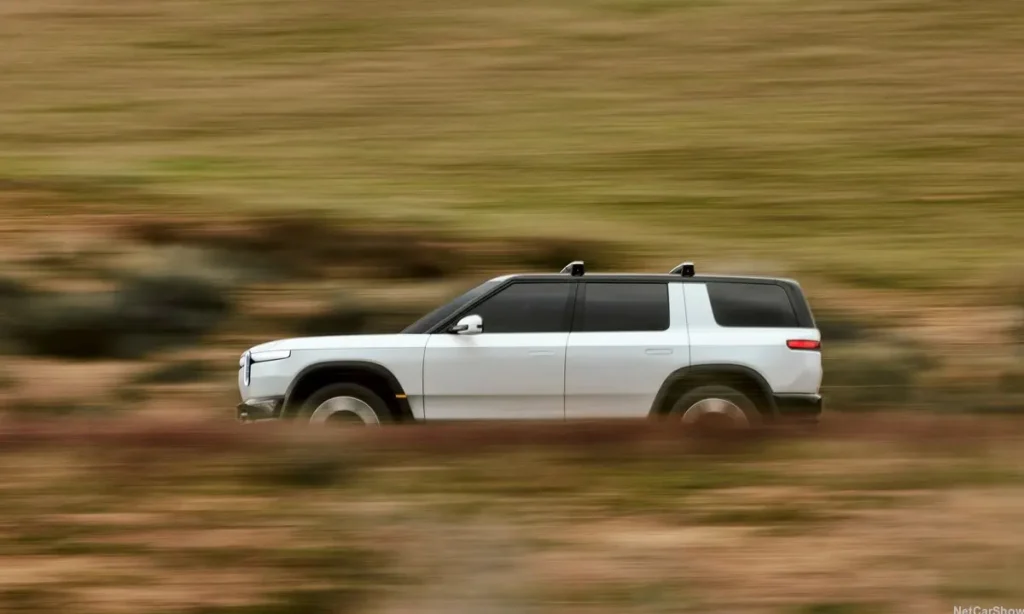
Rivian understands that the future of EV charging isn’t in isolation—it’s in collaboration. That’s why the automaker has joined IONNA, a joint venture formed by major OEMs including GM, BMW, Hyundai, Honda, and more. The group’s goal is to build over 30,000 fast-charging stalls across North America.
Additionally, Rivian has teamed up with WeaveGrid, a grid-integration company, to introduce smart home charging. The partnership allows Rivian owners to participate in utility load balancing programs, earning incentives for charging when energy demand is low.
This collaboration benefits everyone: drivers save money, utilities reduce grid stress, and carbon emissions are lowered through optimized energy usage.
Chart: Rivian Charging vs Other Networks
| Feature | Rivian Adventure Network | Tesla Supercharger | Electrify America |
| Max Power Output | Up to 300 kW | Up to 250 kW | Up to 350 kW |
| Connector Types Supported | CCS, NACS (2025 onward) | NACS | CCS, CHAdeMO |
| Open to All EVs | Yes | Gradually | Yes |
| Air-Conditioned Stalls | Yes (patent pending) | No | No |
| Renewable Energy Use | 100% solar/wind | Varies | Partial |
| Smart Trip Integration | Yes | Yes | Limited |
| Tap-to-Pay Interface | Yes | Limited | Yes |
| Charging Speed (Gen 2 EVs) | Up to 215 kW | 150–250 kW | 50–350 kW |
Addressing Key Charging Challenges in the EV Ecosystem
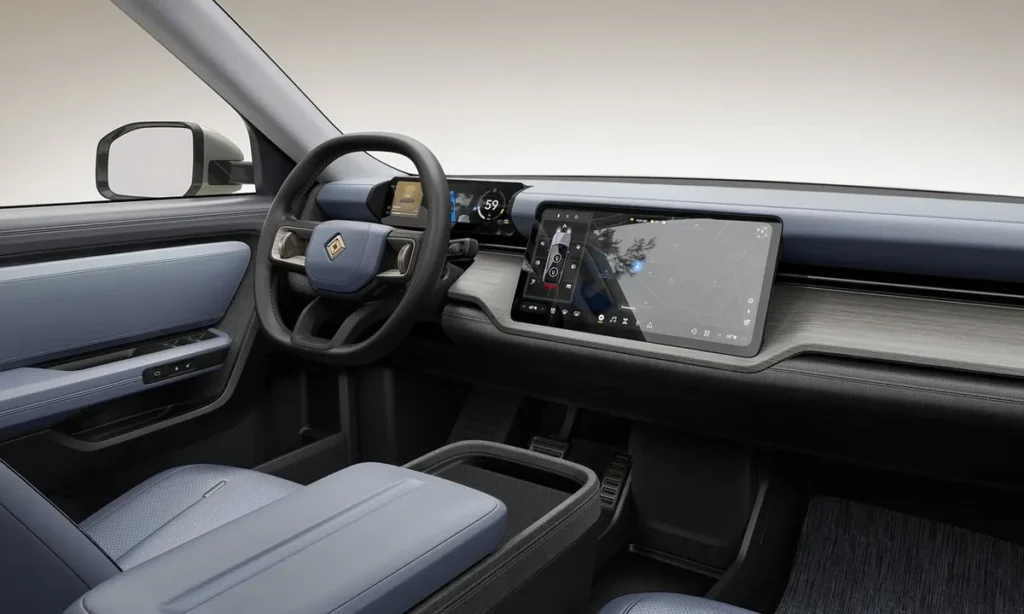
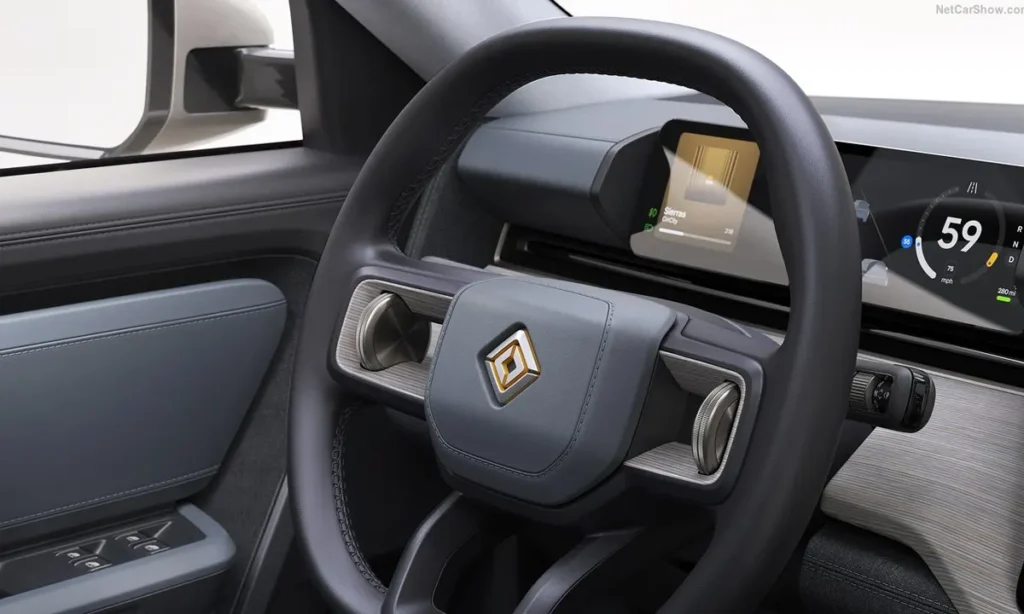
One of the biggest hurdles in EV adoption is range anxiety, particularly on long journeys through remote areas. Rivian’s decision to focus on wilderness and off-grid locations bridges that gap. Its charging outposts in national parks and lesser-traveled regions give Rivian (and other EV) drivers the confidence to explore without compromise.
Another key concern is infrastructure reliability. Many drivers report broken chargers, slow speeds, or complex app-based access at legacy networks. Rivian’s chargers are designed to reduce those friction points. With tap-to-pay terminals, on-site staff, and real-time performance tracking, Rivian sets a new bar for charging reliability and ease of use.
Read: 2026 Hyundai Ioniq 9: The Future of Family SUVs Is Fully Electric
Real-World Results and Community Feedback
Early adopters are already seeing the benefits. On forums and Reddit threads, Rivian drivers report faster charge sessions, smoother UI experiences, and more accurate trip planning. One user highlighted how a recent over-the-air update improved their highway charging time by 20%.
Another driver described the Joshua Tree Adventure Outpost as “a Tesla Supercharger meets a national park lodge—functional and beautiful.”
This kind of feedback affirms Rivian’s design philosophy: form follows function, but both can delight.
Rivian’s Future in the Charging Space
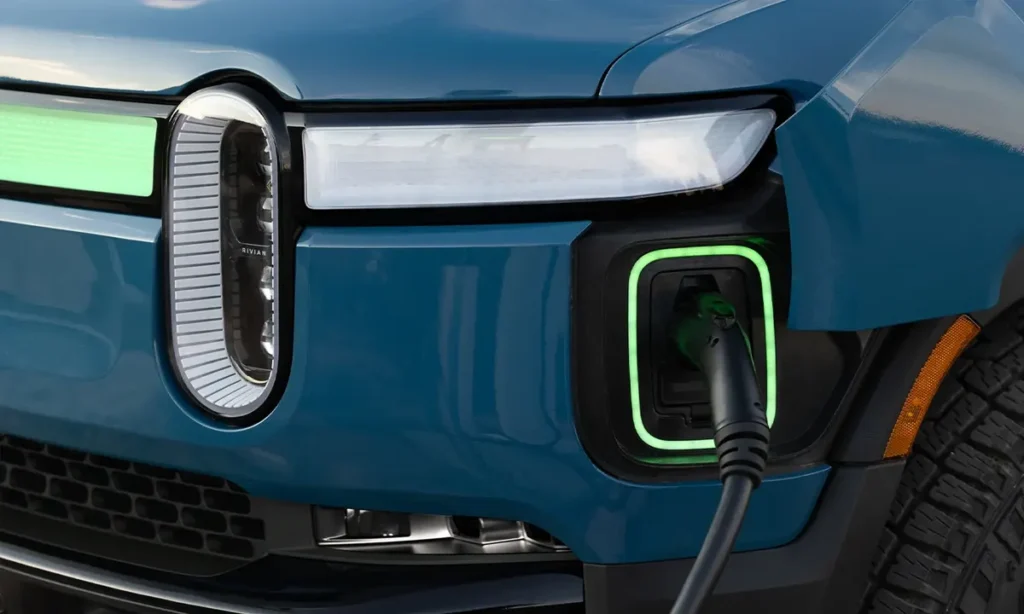
Looking ahead, Rivian aims to:
- Equip all vehicles with native NACS ports by 2025
- Expand smart grid integration to allow bi-directional charging
- Open more “experience-driven” charging sites across Canada and the U.S.
- Collaborate with state and federal grants to expand access in rural communities
By investing in both infrastructure and innovation, Rivian is not just selling electric trucks and SUVs—it’s building an EV lifestyle ecosystem.
Final Thoughts: More Than Charging—A Movement
Rivian’s approach to EV charging is rooted in innovation, inclusivity, and sustainability. It recognizes that for electric vehicles to become mainstream, charging must be fast, easy, reliable, and accessible to all. By combining hardware innovations like air-conditioned chargers with intelligent software and strategic partnerships, Rivian is accelerating the transition to cleaner mobility.
As more automakers adopt open standards and customers demand more reliable charging infrastructure, Rivian’s system may become a blueprint for the future. Whether you’re a Rivian owner or not, chances are you’ll benefit from the company’s efforts to transform how we charge EVs.
Frequently Asked Questions (FAQs)
Q1: Can non-Rivian EVs use the Rivian Adventure Network?
Yes. Rivian is opening its Adventure Network to all EVs equipped with CCS connectors, and will support Tesla’s NACS by 2025 using adapters or native ports.
Q2: What makes Rivian’s chargers unique?
Rivian chargers are designed for ultra-fast speeds (up to 300 kW), universal access, and patented air-conditioned stalls that improve battery cooling during charging.
Q3: Does Rivian support home smart charging?
Yes. Through a partnership with WeaveGrid, Rivian offers smart home charging that shifts load to off-peak times, reducing energy costs and grid impact.
Q4: Are Rivian’s charging stations powered by clean energy?
Yes. All Rivian charging outposts use renewable energy, such as solar and wind, to power vehicles and amenities on-site.
Q5: How fast can a Rivian EV charge?
With the latest Gen 2 battery packs and software updates, Rivian EVs can charge up to 215 kW, adding 15% range in just 15 minutes.
Q6: Will Rivian chargers support vehicle-to-grid (V2G) technology?
This feature is under development and is expected in future models, allowing Rivian EVs to supply power back to homes or the grid.

